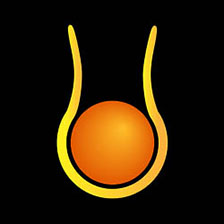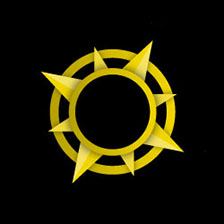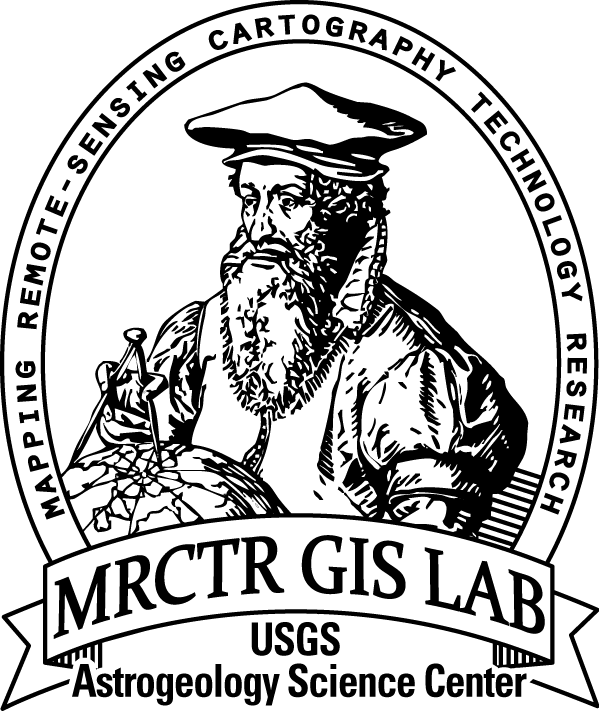Sol 26 Update on Curiosity from USGS Scientist Ken Herkenhoff: Mars Time
1 September 2012The best news today was that analysis of more detailed ChemCam engineering data showed that the problems noted a few sols ago were very minor and now completely understood, so the instrument can now be used again! While we suspected that the problem was not serious, it was very nice to receive confirmation.
We finally received the images needed to plan the next drive, so the Sol 26 plan includes a checkout of the "visual odometry" software that will be used by the rover to precisely determine how far it has moved using images taken during the drive. Once the data from this and previous driving tests are received and analyzed, all of the rover mobility software will be validated. Of course we are hoping that all goes well, as visual odometry will allow MSL to approach targets accurately enough to put them in the "workspace" of the arm. Even if the rover slips in sand or on a steep slope, it will be able to automatically account for any slip and get where we want to go. This will save lots of time in the future.
Today "Mars time" at Gale crater is about the same as "Earth time" (PDT). The tactical team's workday always starts in the afternoon at Gale, when the rover sends data to the orbiters as they fly overhead. We then work all Mars night to analyze and understand the data MSL has sent to us, then plan what we want the rover to do the next day in time to send the commands the following Mars morning. So today the first shift came in to work in the Earth afternoon, and the second shift will work through the Earth night, finishing up as the sun is rising in Pasadena. Because Mars' day is about 40 minutes longer than an Earth day, our workday will begin later and later in Pacific time. and the current coincidence of Gale and Pasadena time will not recur for about 5 weeks.
Ken










